All of this is to say that my goal was to make a GIS kit that took full advantage of the methods available with computer aided design and CNC cutting.
The first GIS kit was a package of precut parts based on the same geometry that a plans builder cuts by hand. The geometry that Mik Storer drew and dimensioned in the plans was available as a file we call a DXF which is essentially the CAD’s world equivalent of a PDF. With those files imported into my software and cleaned up (there is always careful fairing and checking to do when a file is imported from another system), I could then program the parts to be cut on my CNC router. I did that for a couple years. One Goat named GIR is a well known product if this early kit offering.
Besides the time savings to the builder - indeed there was a lot of plywood cutting they did not have to do saving them time and cutting mistakes for sure - there wasn’t anything I can point to that made this first generation GIS kit truly special. During this time period I was experimenting with what I now call the Tab-n-Lock system. With that system proven out on a few other of my skiff kits as well as my NS Scarf, I decided to redesign the GIS kit to create what ships today.
The idea behind the Tab-n-Lock method is to create a way to mechanically interlock the transverse members of the boat - frame and bulkheads - with the side panels themselves. On the frames and bulkheads are precut tabs (about 1 1/4” x 1 1/2” in dimension) that stick into precision cut, matching slots in the side panels. When the side panels are bent around, the slots find their respective tab on each frame and bulkhead and they lock into place securely and without any slop. A small precut wedge holds the side panel in snugly. With this system, there are no bevels used on the frames and bulkheads, saving building time, and they are glued in situ meaning that they do not need to be removed to add glue. Kit builders frame the frame/bulkheads with several pieces of hardwood only on the top and bottom - because the bulkheads are filleted to the hull in lieu of framing and beveling along this joint.













